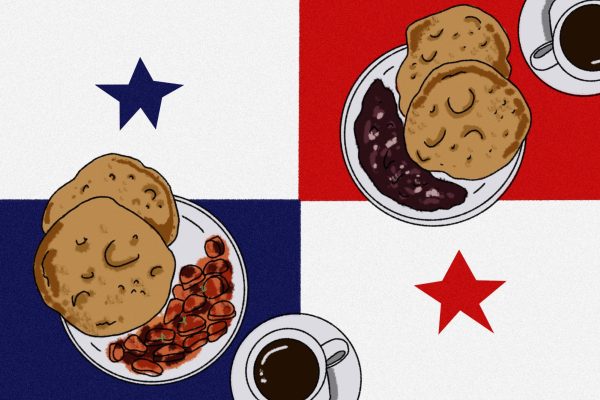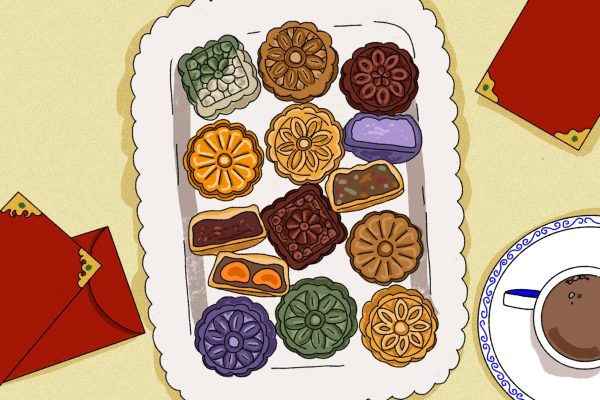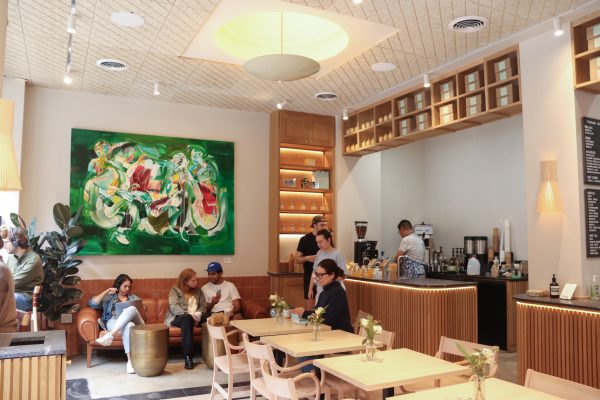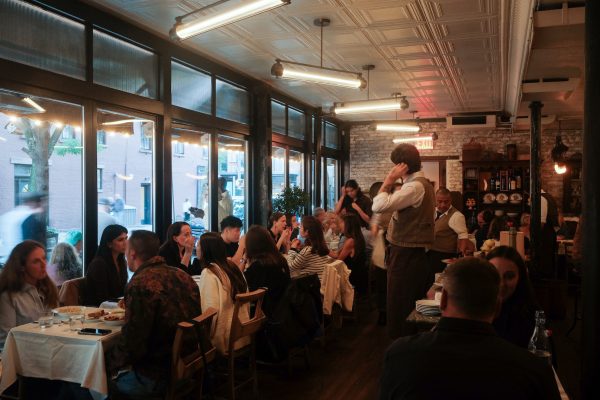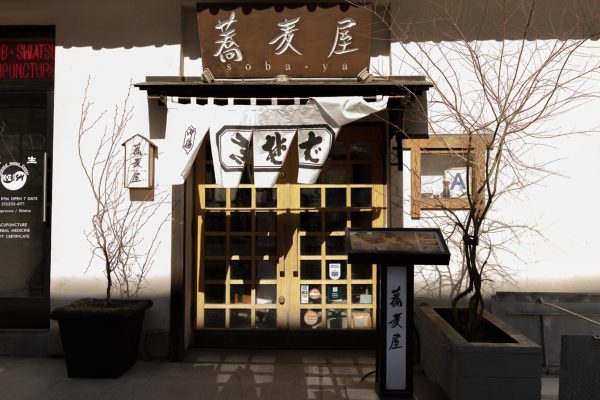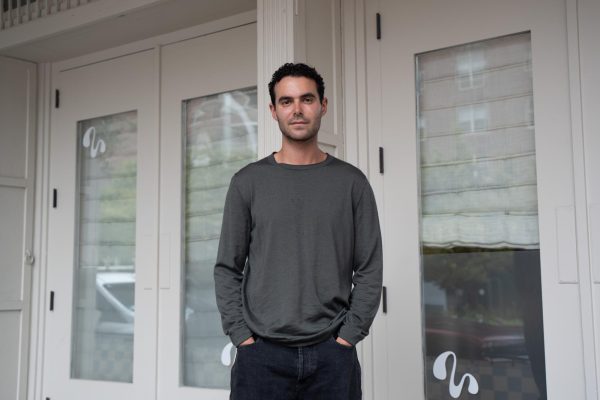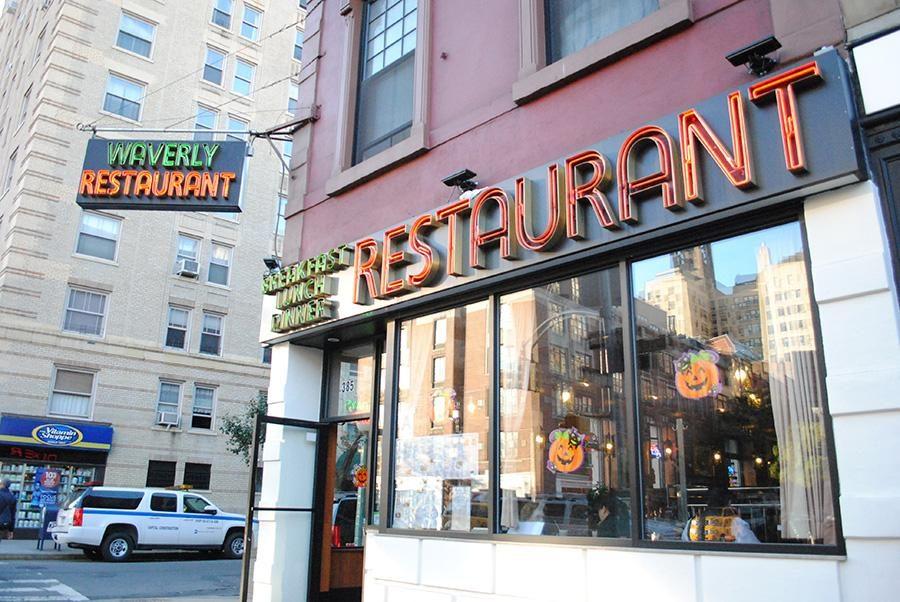Classic types of local eateries explained
Related Stories
Waverly Restaurant offers traditional 24-hour fare from breakfast to burgers.
Everyone has a go-to place for a cheap bite to eat: a diner for pancakes, a luncheonette counter for a chocolate milkshake, a bistro for decadent boeuf bourguignon, a brasserie for steak-frites.
These classic haunts save us from cooking up another batch of Kraft Macaroni & Cheese or Hamburger Helper. But we may not know the history of these lovable eateries or the characterisitcs that make them different from each other.
The classic, 24-hour American diner was established in 1827 by a Rhode Island resident named Walter Scott. He wanted to open up a restaurant that would cater to late laborers, theatergoers and other night wanderers.
A diner is not a part of a large chain and is usually a “mom and pop” owned by a sole-proprietor, giving the restaurant a warm family feel. Classic diners serve a wide range of American food such as eggs sunny-side up, French toast and burgers. The menus vary throughout different parts of the country, with offerings such as seafood and chowder in New England and grits and biscuits in the South. Diners often sport neon lights, drive-thru signs and stainless steel exteriors. Popular diners in New York City include Odessa (119 Ave. A) and Waverly Restaurant (385 Sixth Ave.).
The luncheonette was a common establishment from the early 20th century to the end of the Civil Rights Movement, though a small number still exist. Often located inside a retail store, such as a five and dime, customers sat at the counter while employees cooked and served food in the tight space behind the counter. These lunch counters reaped a larger profit than merchandise sales alone. Similar to diners, luncheonettes served American food, though with a smaller variety of options. Today, one can still find vintage luncheonettes in New York that have survived since their heyday, such as Lexington Candy Shop (1226 Lexington Ave.) and George’s Luncheonette (2157 Utica Ave.).
The brasserie was first established in Alsace, France, as a property of brew houses. In fact, brasserie literally translates to brew house in French. Decorated in the art nouveau fashion of La Belle Époque, they are characterized by large mirrors, wood paneling and mosaics. Food options usually include escargot, frisée aux lardons and steak-frites. The buoyant, talkative atmosphere of these airy restaurants made it a popular hangout for intellectuals and artists such as Picasso, Sartre and Hemingway. Though New York may not be the creator of these traditional French establishments, it still boasts several popular French-style brasseries such as Balthazar (80 Spring St.) and Brasserie Les Halles (411 Park Ave. S.).
The bistro is another type of traditional French restaurant. Bistros have a smaller and more intimate atmosphere than the brasserie and, like diners, are often family owned. The menus are small and typically change depending on what the owner finds in the market that day. Food options, often displayed on a chalkboard menu, typically include French specialties like Pâtés, terrines and coq au vin. Some bistros worth trying in New York City include Bistros les Amis (180 Spring St.) and La Sirene (558 Broome St.).
A version of this article appeared in the Tuesday, Nov. 4th print edition. Email Olivia Roos at [email protected].

























































































































































